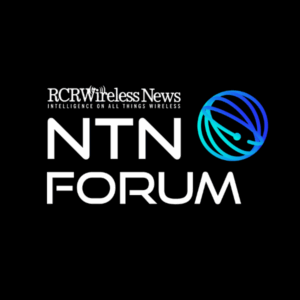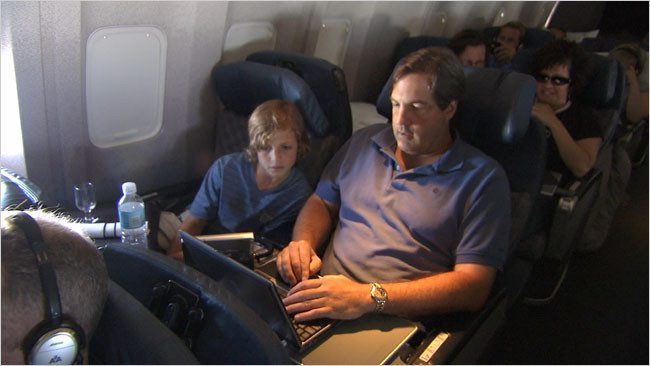Wi-Fi continues its march toward ubiquity, particularly in transit systems. Wireless connectivity is even coming to an international flight near you – if it hasn’t already.
Connectivity on transit poses a unique problem for coverage. Commuter rail lines often run at least partially below ground, and in-flight offerings have been limited both due to the difficulty of covering an aircraft flying at 30,000 feet or over an ocean, and regulatory restrictions on wireless usage due to potential interference with flight systems and communications. The Federal Aviation Administration took a step toward loosening a few of those rules late last year when it said that airlines could allow the use of some mobile devices during take-off and landing instead of forcing users to stow their devices – however, the devices still need to be in airplane-mode with cellular connectivity disabled.
There’s momentum right now in the Asia-Pacific region. Just this week, VisionChina announced a partnership to work with infrastructure vendor Huawei on a Wi-Fi network for Chinese mass transit – it already has a deal in place with China Unicom to work on such a network. VisionChina already has a presence, in the form of infotainment TV screens, in transit systems in 19 major Chinese cities and plans to leverage that footprint for a national Wi-Fi network that would provide better 3G/LTE and Wi-Fi coverage for commuters.
Meanwhile, in-flight Wi-Fi provider Gogo went live on its first Japan Airlines flight this week, marking the first expansion of its service outside of North America. Gogo’s Wi-Fi will be available on JAL’s domestic flights, and it is already available on some international flights from Delta, which has hundreds of aircraft being outfitted with Gogo’s air-to-ground system. And interestingly, AT&T announced earlier this year that it has plans to build an air-to-ground LTE system that includes Wi-Fi coverage, to be launched in 2015.
There are new revenue streams to be had in serving a captive, travelling audience: Gogo continued its track record of adding partners by striking a deal with Delta Airlines for a new in-flight entertainment option called Delta Studio. VisionChina is an ad network and expects to expand its revenues through making the commuter Wi-Fi audience available to advertisers, with targeted marketing supported by big data analytics.
Cellular systems have been included in some transit-focused installations, like the ongoing work to upgrade New York City’s transit system that is being done by Transit Wireless. Although Transit offers both cellular and Wi-Fi services, cellular has the definite downside of needing to get the cooperation of the major wireless carriers to sign onto systems like Transit’s – even in the plum market of New York City, it took three years between the project’s initial launch and when Verizon Wireless signed on to participate.
Meanwhile, in Boston, the city’s transit authority will be upgrading its Wi-Fi service for rail commuters. InMotion Wireless will be installing a $5.6 million system that covers all 14 of Boston’s commuter rail lines, and it sounds like it’s much-needed. The current system is a frequent course of complaints, with one user going so far as to post on Twitter that “attempting to use the MBTA commuter rail wifi is on par with slowly and deliberately plucking individual arm-hairs.” Ouch!
Image from Gogo
Test and Measurement Forum 2025
Managing the Complexities of Deploying and Optimizing Next-gen Networks ...










